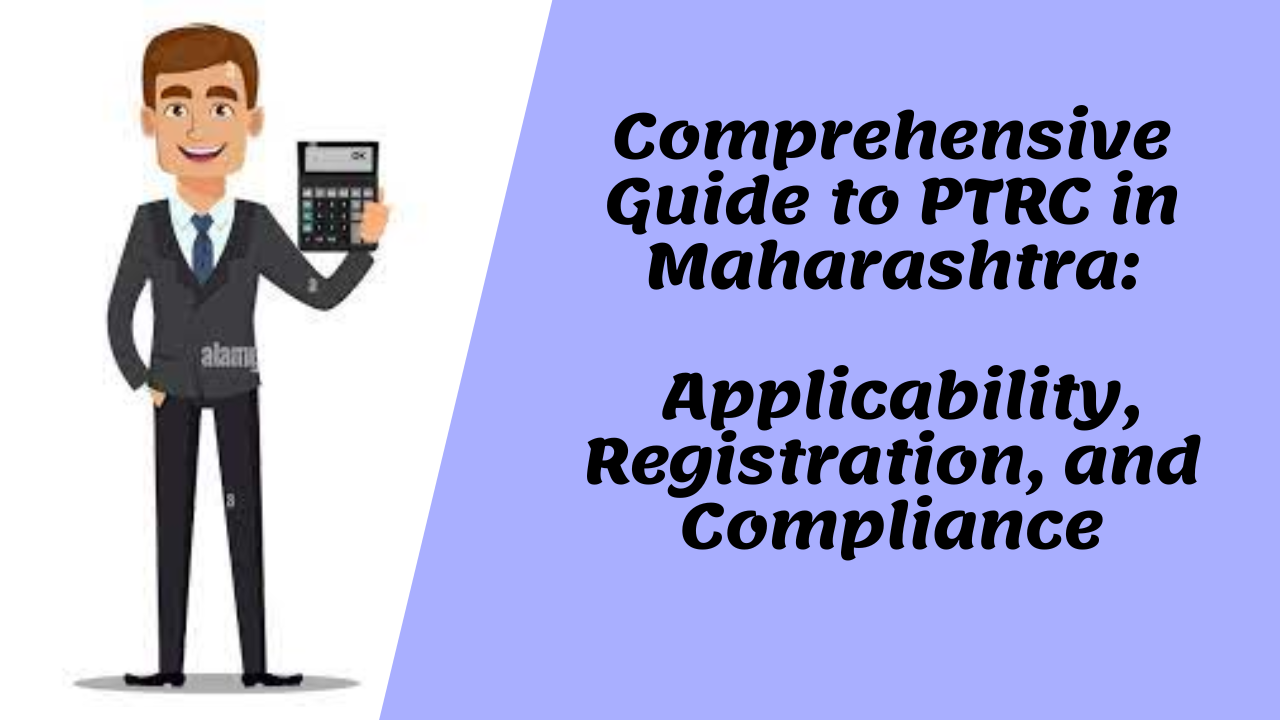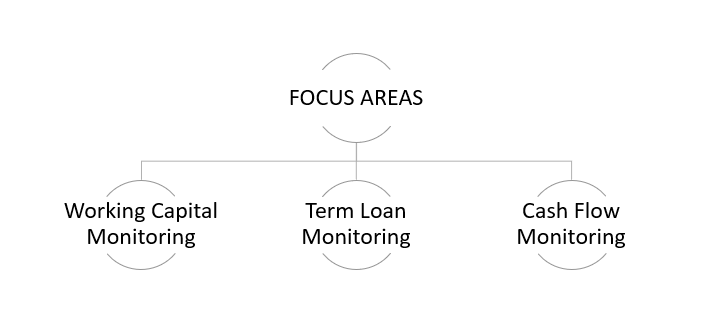The Professional Tax Registration Certificate (PTRC) is a statutory requirement for employers in Maharashtra under the Maharashtra State Tax on Professions, Trades, Callings and Employments Act, 1975. PTRC pertains to the professional tax that an employer deducts from the salaries of employees and remits it to the Maharashtra Government.
Applicability
Every employer who has even one employee drawing a salary exceeding ₹7,500 per month (₹10,000 for women employees) is required to register under PTRC and deduct professional tax from employee salaries. The employer must deposit this tax with the Maharashtra State Government. Separate PTRC registrations are required for each branch office if located in different jurisdictions.
PTRC Slab Rates (FY 2024-25)
The slab rates for PTRC deduction in Maharashtra are as follows:
– Salary up to ₹7,500 per month (₹10,000 for women): Nil
– Salary between ₹7,501 and ₹10,000: ₹175 per month
– Salary above ₹10,000: ₹200 per month (except ₹300 in February)
The total annual liability per employee cannot exceed ₹2,500.
Registration Process
Employers must register online through the Maharashtra Goods and Services Tax (MGST) portal at https://mahagst.gov.in. Under the e-Services section, they should choose ‘New Registration’ and select ‘PTRC’. Form I must be filled out with employer and employee details. Required documents typically include PAN, Aadhaar, address proof, and salary structure. Upon submission, the PTRC number is usually issued within 1 working day.
Payment and Return Filing
Employers must file returns and make payments on the MGST portal. The return Form IIIB is auto-generated upon payment.
Filing frequency depends on the tax liability in the previous financial year:
– Monthly: If liability > ₹1,00,000
– Quarterly: If liability ≤ ₹1,00,000
– Annual: For employers registered after 31 March 2020 with monthly tax liability of ₹2,500
Due dates are the 30th of the following month for monthly/quarterly returns and 31st March for annual returns.
Penalties and Interest for Non-Compliance
Failure to register, deduct, or pay PTRC can result in interest and penalties. Interest is charged at 1.25% per month for delays. Late filing of returns attracts a penalty of ₹1,000 per return. Non-registration or non-payment can lead to penalties up to the amount of tax due, along with possible prosecution.
Difference Between PTRC and PTEC
PTRC is related to the tax deducted by an employer from employees, whereas PTEC (Professional Tax Enrollment Certificate) is applicable to individual professionals, proprietors, and business owners, who must pay professional tax on their own behalf. Many businesses require both PTRC and PTEC registrations.
Useful Portals and Resources
1. Maharashtra GST Portal: https://mahagst.gov.in
2. GRAS Payment Portal: https://gras.mahakosh.gov.in
3. PTRC Help Manual: https://mahagst.gov.in/en/profession-tax
Conclusion
PTRC compliance is crucial for all employers in Maharashtra to ensure legal compliance and avoid penalties. Timely registration, accurate deduction, and proper return filing are essential. Employers are encouraged to integrate professional tax compliance into their payroll processes or seek assistance from professionals for smooth operations.
Disclaimer: This article is solely for educational purpose and cannot be construed as legal and professional opinion. It is based on the interpretation of the author and are not binding on any tax authority. Author is not responsible for any loss occurred to any person acting or refraining from acting as a result of any material in this article.






